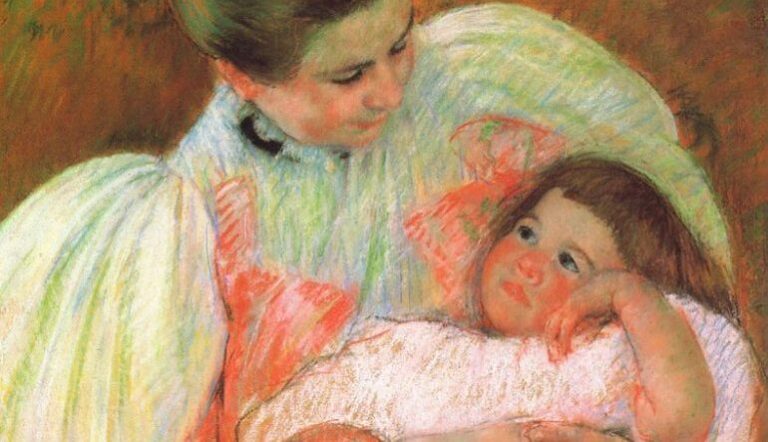“If I could I would cut off my lovers’ heads” : Eunice De Souza’s Nine Indian Women Poets
“Anthologists invariably make enemies,” Eunice De Souza notes in her introduction to Nine Indian Women Poets. This anthology is unlike most anthologies, as De Souza takes up her editorial role to rally against universality, mapmaking, and flattery. De Souza isn’t seeking to make enemies, but she realizes that all choices for anthologies suggest other choices: those poets who are left behind.
For Nine Indian Women Poets is itself a corrective volume: here are Indian women writing poetry in English who have not only gone unrecognized by white canonical anthologists or critics (save the rare reader like Bruce King), but who have all written for upwards of twenty years without such recognition.
What makes these poets’ work strike sharply together? They all write in English; all own or disown this language, exploring its twists, barriers, and perpetuations. Kamala Das, the oldest poet in the anthology, draws English as: “The language I speak / Becom[ing] mine, its distortions, its queernesses / All mine, mine alone” (10). For Das, queernesses enable a crucial ownership of the language. The language allows one to name herself and others, so that Das, by the end of the same poem, proclaims: “I too call myself I” (11).
Mamta Kalia, the poet placed immediately after Das, writes: “I am no longer Mamta Kalia” (26). By contrast, Kalia’s poems revolve around a radical empathy that practices negation: “How close we felt / discussing our dislikes / sharing a few hatreds” (22). The venom of an evil actually engages us: it brings together those who feel invariably shunned by an unjust and misogynistic world.
For naming often relies on “great men.” Melanie Silgardo recognizes: “This station has no name. / No king was born here. / No president died here” (29). Many of these poems uncover “unnamed” places. And among these nine poets, their birth-places and homes range across India and outside of the country: Delhi, Bombay, Gujarat, Lahore, Allahabad, Germany, the United States, and Malaysia are the stations from which these poets write. This geography gets played through, as De Souza, in one of her own poems, notes from Europe: “(We’re short on sacred rivers here)” (41). Making and resisting home-nations is most succinctly summarized by Imtiaz Dharker: “I was born a foreigner. / I carried on from there / to become a foreigner everywhere” (58).
Smita Agarwal, Sujata Bhatt, Charmayne D’Souza, and Tara Patel face the most criticism from De Souza herself, who critiques the very poets she chooses to anthologize. This may “invariably make enemies,” but it shows that De Souza recognizes poets even when she isn’t in love with all of their work. On Charmayne D’Souza, one of my favorite poets from the anthology, Eunice De Souza writes: “When the poems do not work it tends to be because ideas are overstated or punch lines fall flat” (83). This is fine, but the maneuvers D’Souza performs with lines like “If I could / I would cut off / my lovers’ heads” (88) are what makes this anthology especially relevant and ready for comparison with many contemporary American poets writing in English, including Jenny Zhang, Melissa Broder, Dorothea Lasky, Eileen Myles, Joyelle McSweeney, Morgan Parker, and Dodie Bellamy.
For Nine Indian Women Poets never tips into the territory presented by Lara Glenum’s Gurlesque anthology except only fleetingly. This is partially because of De Souza’s resistance to textual and visual “experimentation”—that is, poems not written in right-aligned free verse—a flaw for which she marks Sujata Bhatt’s later work (72). Regardless, Meerabai and Sylvia Plath meet head-on in these verses, brilliant poems that sometimes state honestly and simply, as in a line of Tara Patel’s: “I miss you most when I’m eating alone” (91). Be alone with this anthology: this is no mere “sampler” nor “rewriting” of Indian writing—such an idea is colonialist and violent—but an opportunity to witness and, in De Souza’s words, “head for the abyss with / monotonous regularity” (41).


